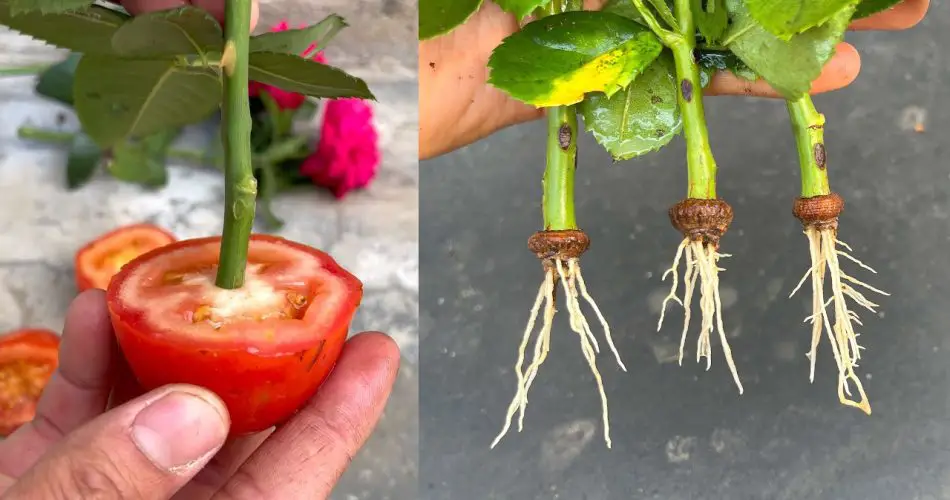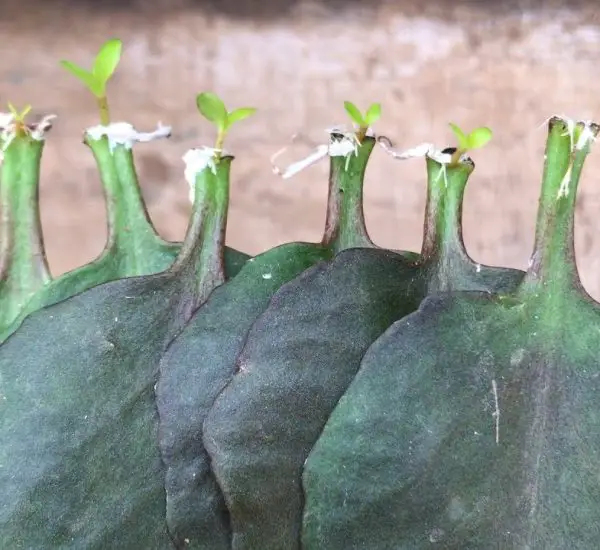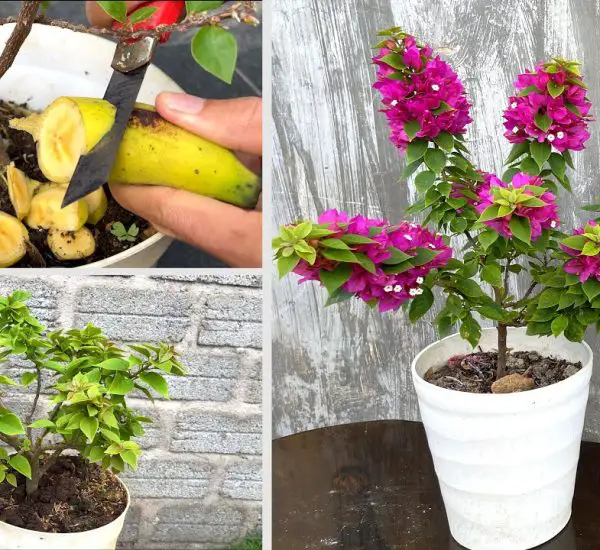Roses, the epitome of elegance in the garden, captivate with their beauty and fragrance. While traditional propagation methods abound, an unconventional yet effective technique involves using tomato. Yes, you read that right—tomatoes can serve as a surprising ally in propagating roses, offering a simple and accessible solution for gardeners eager to expand their rose collection.
The Tomato Connection
Tomatoes, like roses, belong to the same plant family, Rosaceae. This familial bond holds the key to their compatibility in propagation. Tomatoes contain natural rooting hormones, particularly in their stems, which can stimulate root growth in other plants, including roses.
Step-by-Step Guide: Propagating Roses with Tomato
- Selecting Healthy Materials: Choose healthy rose cuttings with several nodes and a diameter similar to that of a tomato stem. Similarly, select a fresh, ripe tomato with a stem intact.
- Preparing the Tomato: Using a sharp knife, slice off the top portion of the tomato, exposing the stem. Remove any excess flesh to reveal a clean, flat surface.
- Inserting the Rose Cutting: Carefully make a slit in the exposed tomato stem using a knife or a sharp tool. Insert the base of the rose cutting into the slit, ensuring it fits snugly and makes good contact with the tomato flesh.
- Securing the Cutting: To keep the cutting in place, you can use a small stake or support to prop it up against the tomato. Alternatively, gently press the tomato halves together to hold the cutting in position.
- Planting: Once the cutting is secured in the tomato, plant the tomato and cutting ensemble in a pot filled with well-draining soil. Ensure the tomato is buried up to the level of the rose cutting’s lowest node.
- Caring for the Cutting: Water the planted cutting thoroughly to settle the soil and activate the rooting process. Place the pot in a location with indirect sunlight and maintain consistent moisture levels.
- Monitoring and Patience: Over the following weeks, monitor the cutting for signs of root development. Be patient, as rooting may take several weeks to occur. Once roots have established, transplant the cutting into its permanent location.
Conclusion:
Propagating roses using tomatoes offers a novel and resourceful approach for gardeners eager to expand their rose collection. By harnessing the natural rooting hormones present in tomatoes, rose cuttings can establish roots more efficiently, resulting in healthy and robust plants. So, the next time you enjoy a juicy tomato, consider its potential to help your roses thrive and bloom in abundance.



